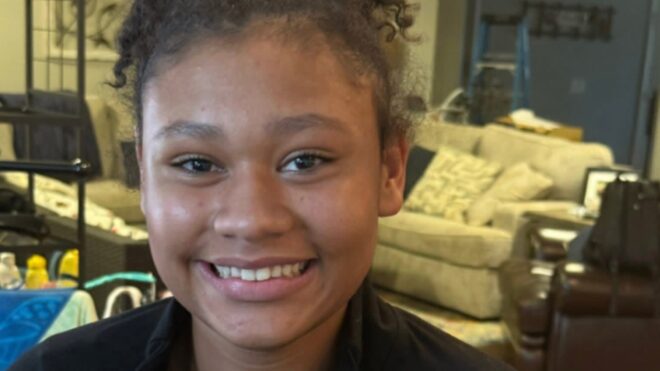
Teens coming up with their own uses for words isn’t anything new. In every generation, they find ways to make language their own. Think about how many words you use that you’ve been using since you were a teenager. But now, teen slang can have some darker connotations.
Although teen slang has been used as code for something dark in the past, in the digital age, it’s more sinister. And thanks to social media, parents are more concerned about the things their kids may be saying online.
For parents of teens and tweens, slang is confusing.
If you’re a parent of a Gen Alpha kid, there’s a chance you are often completely left in the dark about what your kid is saying. Phrases such as “sigma,” “skibiddy,” “no cap,” and more may have you shaking your head.
We may not understand it, but many of those words are generally harmless. If you ask your kid, they might even explain what they mean.

Teen slang has changed thanks to social media.
In the digital age, acronyms have become more common. But this isn’t like your old school “brb,” or “ttyl.” These code words can have some pretty shocking meanings.
Netflix recently released Adolescence, a new show that focuses on a teen boy accused of killing a classmate. In the show, teens communicate via social media, using a lot of teen slang that parents may not know. As a result, police in the United Kingdom have released some common phrases kids use while texting that parents need to be aware of, because they may have darker meanings.
Here are some acronyms that are warning signs.
#ana – Anorexia
#deb – Depression
#sue –Suicide
#svv – Self-harming behaviour
#thinsp –Thinspiration
9 – A parent is watching
420 – Marijuana
CU46 – See you for sex
Down in the DM – Plans for a sexual hookup in social media/texts
F2F or FTF – Face to face
FYEO – For your eyes only
GNOC – Get naked on camera
IWSN – I want sex now
MOS – Mum over shoulder
NIFOC – Naked in front of computer
P911 or P999 – Parents are watching
POS – Parents over shoulder
Smash – Casual sex
If you see your child using any of these acronyms or code words, it’s important to approach them about it, gently but firmly. You should be open with them about the risks involved for kids their age engaging in certain behaviors and the possible repercussions of certain actions and conversations that may be inappropriate for their age.







